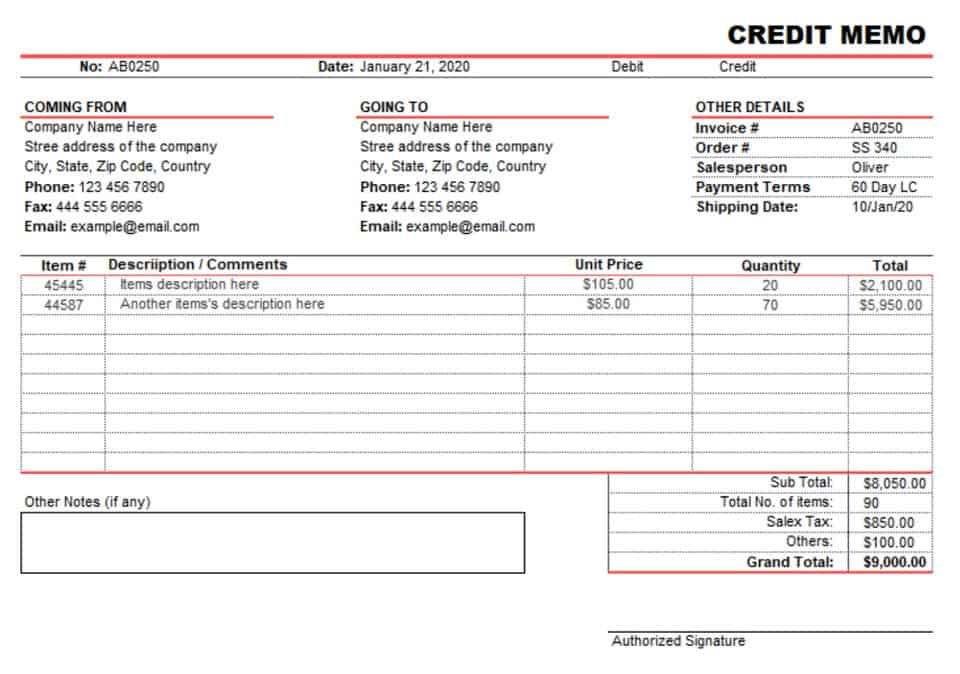We were also impressed by 12 Cloud Payroll’s free trial, which is ten times more generous than any other in this list. Teams of more than 10 can sign up for a one year free trial and inform the 12 Cloud support team it was a test account. As long as you don’t e-file the FYS (Final Submission for the Tax Year), you’ll never be charged. Our independent reviews are funded in part by affiliate commissions, at no extra cost to our readers.
This increases the risk of users making a mistake and potentially incurring a fine from HMRC – much riskier in today’s poor economic climate. Business users can contact ADP through the helpline, but there doesn’t seem to be any other sales assistance channel available online. Read on for our in-depth analysis, or use our 🔍free cost comparison Top 5 Legal Accounting Software for Modern Law Firms tool to be instantly matched with the most suitable system for your budget. If you’re an entrepreneur in the UK you may be wondering about how to set up your business and formally incorporate a UK company before you start to… Payroll can be automated with the open API, with large volumes of payments distributed in seconds.
What Is a Payroll?
However, you should remember that Sage is an accounting software, not just payroll, as our full Sage review highlights. If you’re looking for a combination of payroll and time management software, with a worker’s comp insurance package also included Hourly is well worth investigating. It’s already doing a decent job of rivalling the likes of Gusto and OnPay, with two plan options including Time Tracking, Payroll or a combination package that includes both. Small businesses have increasingly turned to online payroll software as a convenient and efficient solution for managing payroll processes. Let’s delve into the advantages and disadvantages of embracing online payroll software, so you can make an informed decision for your business. In this guide, we’ll run through the best options for organisations of different sizes, and for different business types.
Finally, the Advanced Plan from QuickBooks is best suited to large businesses requiring bespoke reporting and automatic data backup. This plan will cost your business £70 per month as well as an additional fee of £1 for payroll services. IRIS offers the best managed payroll services, and it’s clear to see why.
Best for small business
Your employees count on you to dispatch their paychecks and authorize direct deposits on scheduled paydays. They expect you to know how much to withhold for all the taxes they owe and the benefits you offer. There are fewer offline payroll options all the time, but check out the App Store to see what’s available. Gusto Plus and TriNet Zenefits Essentials represent the best value for mixed-user HR and payroll solutions. This global human capital management software is fairly comprehensive and helps to streamline and automate payroll activities.
Adding payroll to your accounting subscription costs £5 a month for up to five employees, then an additional £1 per month per additional employee. Plus, if you’re new to Xero, payroll is free for up to two months with your Xero accounting subscription. Find the perfect payroll for you with this comprehensive guide covering features, pricing, and more. Blueprint is an independent, advertising-supported comparison service focused on helping readers make smarter decisions.
How long does payroll take to process?
Payroll requires a list of employee data such as their names, addresses and National Insurance numbers, as well as their standard salary or pay per hour. They will then add on any tips and bonuses, before deducting income tax, National Insurance, pension contributions, student loan contributions, and other deductions. What is left is the https://business-accounting.net/what-exactly-is-bookkeeping-for-attorneys/ employee’s net pay and is the amount of money paid into the employee’s bank account. Employee pay data is communicated to HMRC (His Majesty’s Revenue and Customs) by using payroll to ensure that your business is meeting every obligation and expectation. ‘Payroll’ is the name given in business to your list of employees who will be paid.
- Teams of more than 10 can sign up for a one year free trial and inform the 12 Cloud support team it was a test account.
- This will help ensure that you don’t overextend yourself when you are tempted to pay extra for à la carte features.
- Read our ultimate PEO and EOR guides for everything you need to know about these solutions.
- In summary, ADP Payroll offers scalable and comprehensive payroll solutions with a strong focus on compliance.





